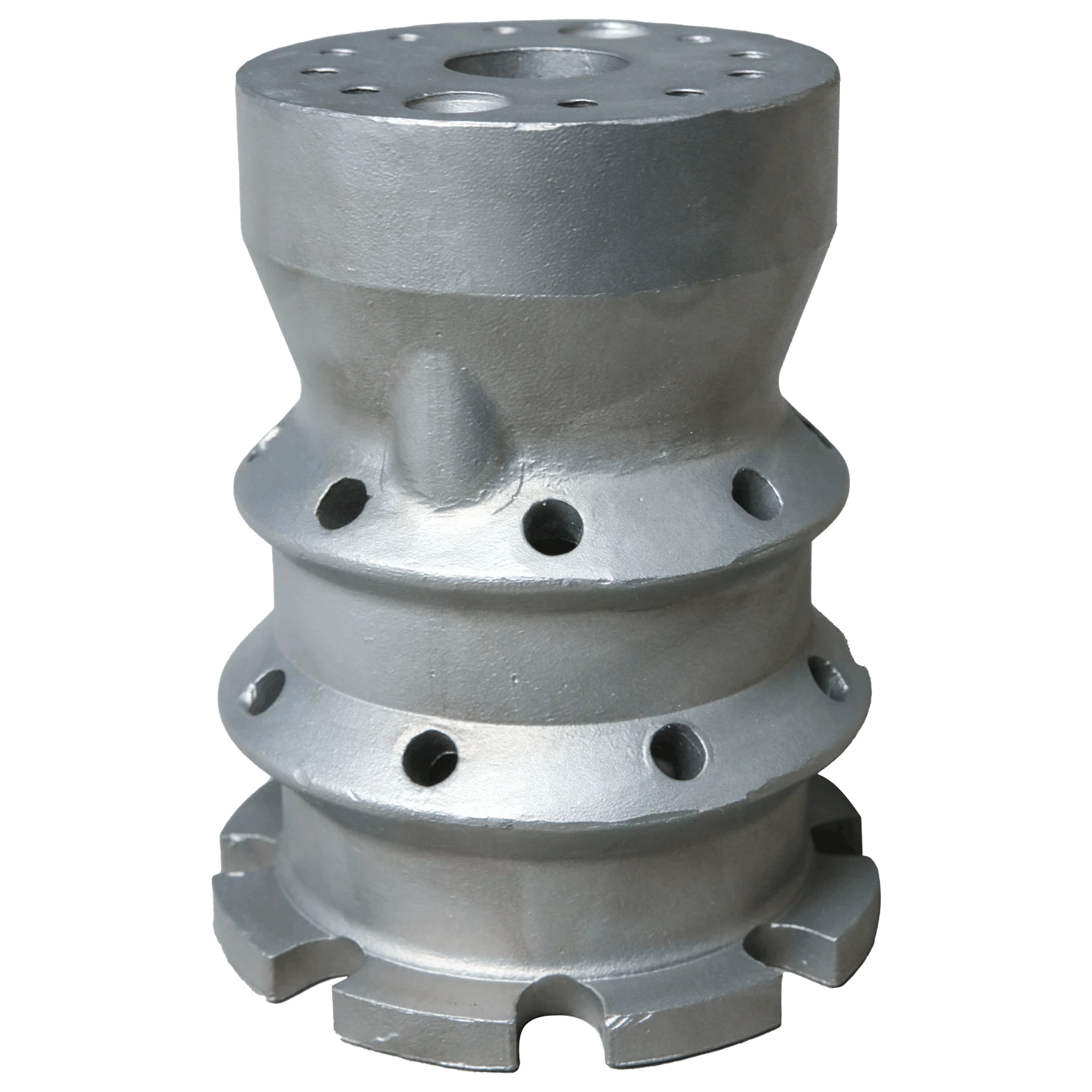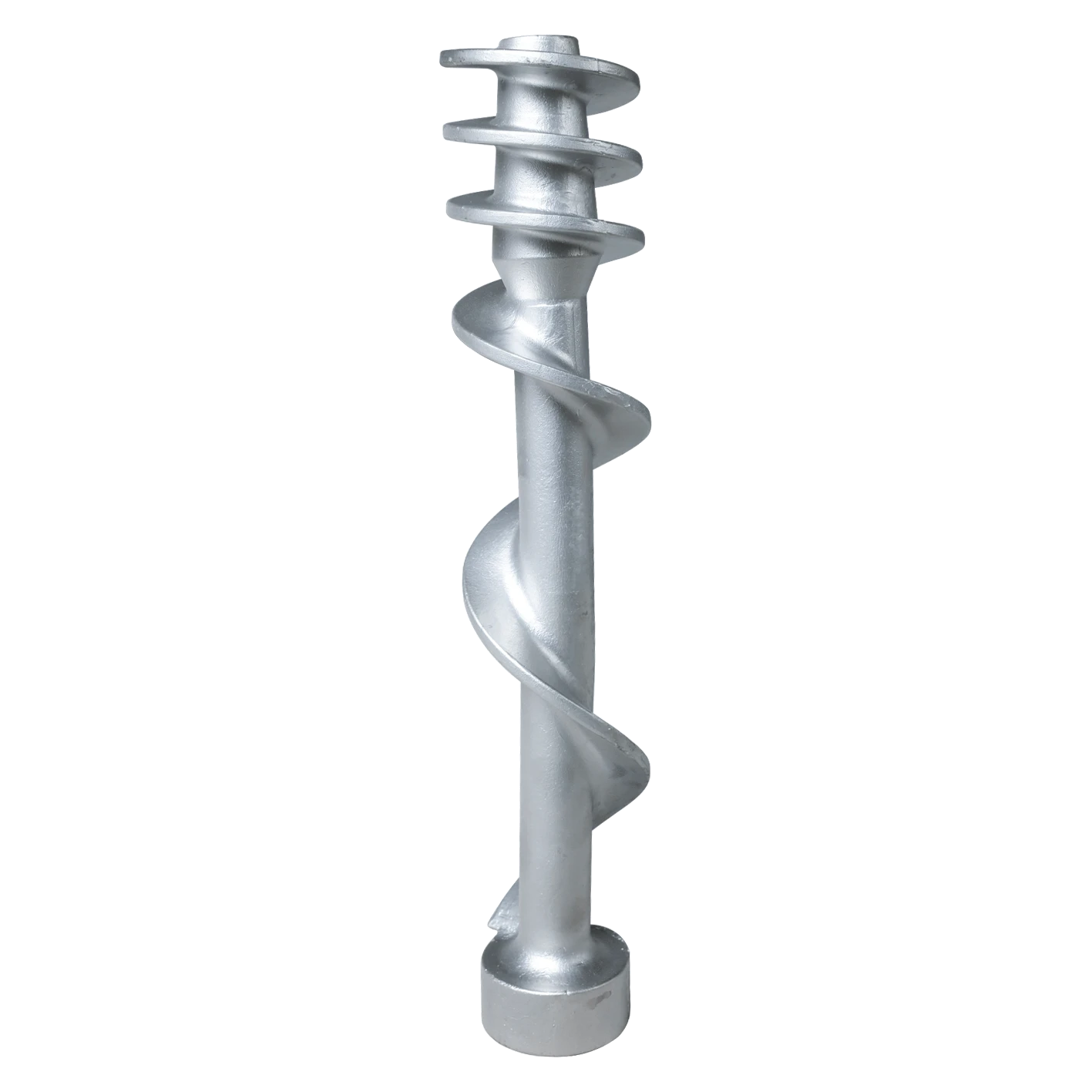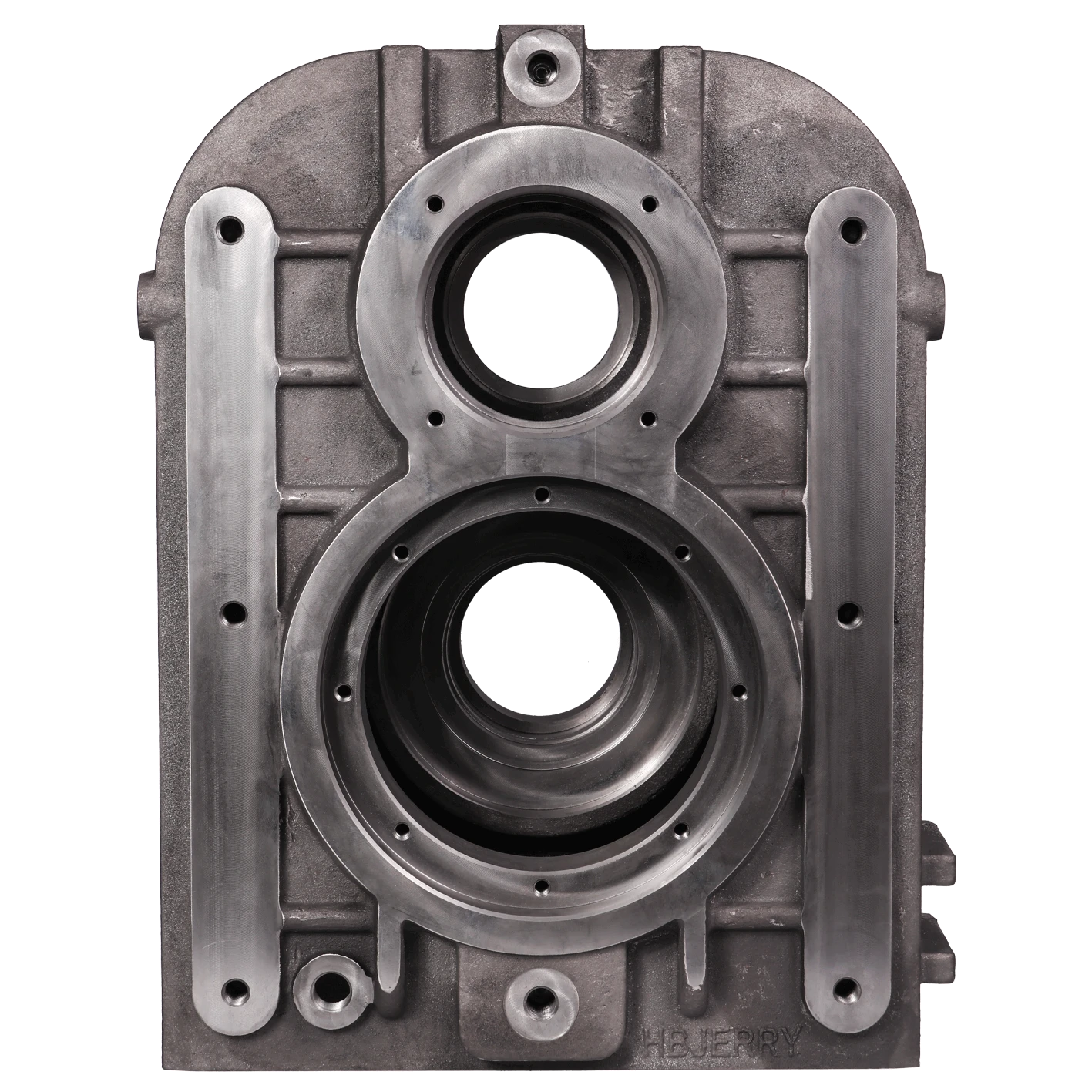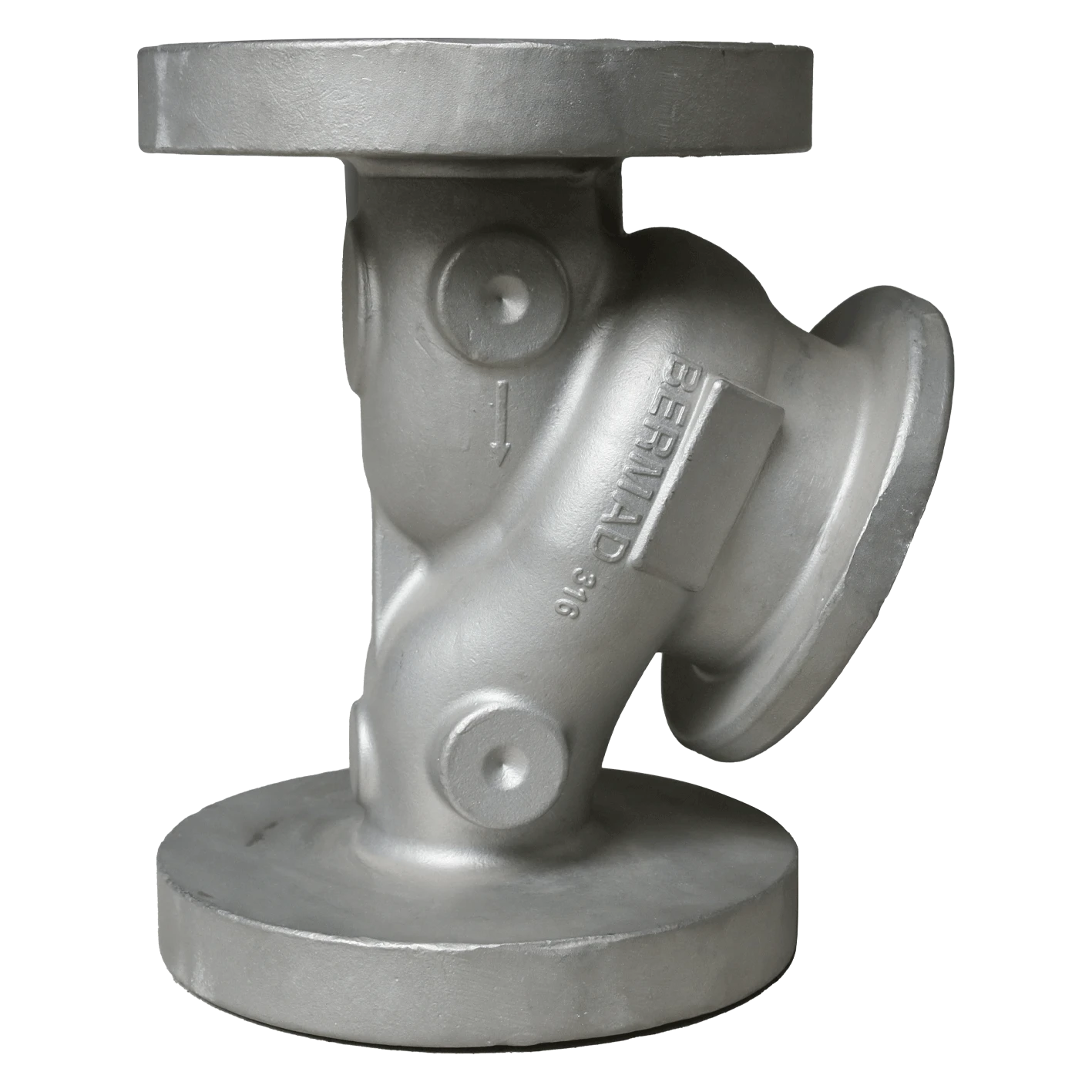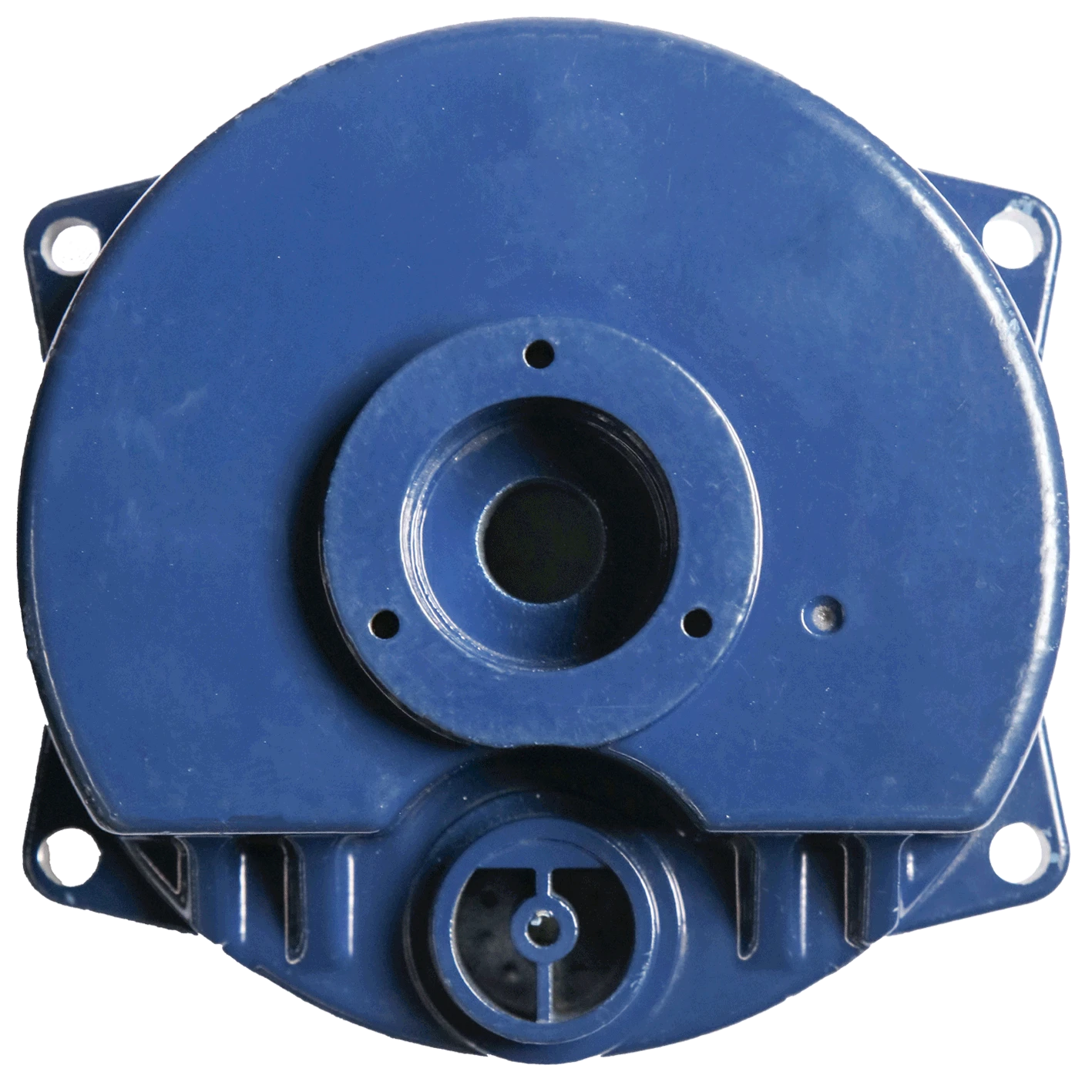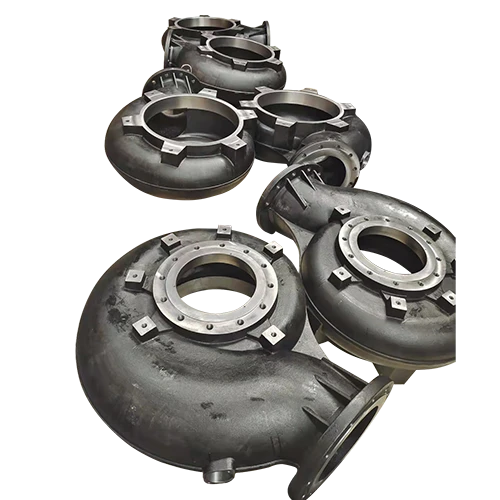Mobile:+86-311-808-126-83
Email:info@ydcastings.com
Understanding the Expenses Involved in Aluminum Casting Processes and Their Impact on Budgeting
The Cost of Casting Aluminum An Overview
Aluminum casting has become an important process in various industries due to its lightweight, corrosion-resistant, and durable properties. While the benefits of aluminum are well-known, the cost associated with casting this versatile metal can vary significantly based on several factors. This article will explore these factors, providing insights into the economic aspects of aluminum casting.
Understanding Aluminum Casting
Aluminum casting involves pouring molten aluminum into a mold to create specific shapes and structures. There are several casting methods, including sand casting, die casting, and investment casting, each having its own cost implications. The choice of method affects not only the initial investment but also the production rate and the quality of the final product.
Factors Influencing Cost
1. Material Costs The primary component of any casting process is the raw material itself. The price of aluminum can fluctuate based on market demand, availability, and global economic trends. Additionally, the alloying elements used to enhance the properties of aluminum may also add to the overall cost. Buyers must consider these material costs when budgeting for aluminum casting projects.
2. Labor Costs Skilled labor is integral to the aluminum casting process. The complexity of the casting operation dictates labor requirements. More intricate designs will necessitate highly skilled workers for tasks such as mold creation and quality inspections, thereby increasing labor costs. Automation in the casting process can help reduce these costs, but the initial investment in machinery can be substantial.
cost of casting aluminum
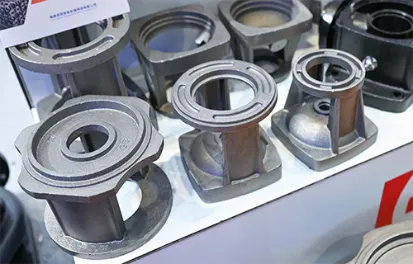
3. Mold Costs The type of mold used significantly impacts the overall cost of casting aluminum. Sand molds are generally less expensive but may require more time to create and can result in lower precision. In contrast, die casting molds are higher in cost but offer faster production rates and superior dimensional accuracy. Understanding the trade-offs between initial mold costs and long-term efficiency is crucial for cost-effective aluminum casting.
4. Production Volume The scale of production plays a critical role in determining the cost per unit. For low-volume production, the fixed costs of setting up a casting operation can lead to higher costs per piece. Conversely, high-volume production can dilute these fixed costs, resulting in lower per-unit pricing. Businesses must analyze their production needs carefully to choose a method that balances cost and efficiency.
5. Post-Processing Costs After casting, additional processes such as machining, surface finishing, and heat treatment may be required to achieve the desired specifications. These post-processing steps can add significant costs to the overall casting process. Assessing the complexity of these additional processes is essential for an accurate cost estimate.
Economic Considerations
In today’s competitive landscape, manufacturers are constantly seeking ways to reduce costs while maintaining quality. This has led to innovations in casting technology, including improved melting techniques and advanced mold designs, which can enhance efficiency and reduce waste. Moreover, as environmental regulations tighten, companies must consider the costs associated with adhering to sustainability standards.
Conclusion
The cost of casting aluminum involves a complex interplay of material prices, labor rates, mold expenses, production volumes, and post-processing requirements. For businesses looking to leverage the advantages of aluminum, a thorough understanding of these factors is essential for making informed decisions. By analyzing each aspect and exploring potential efficiencies, manufacturers can optimize their casting processes, ultimately achieving better cost management and enhanced product quality. Engaging with industry experts and continuously monitoring market trends will help businesses navigate the nuances of aluminum casting in a cost-effective manner.
-
Why Is Choosing the Right Motor Housing Critical for Engine Performance?NewsJul.18,2025
-
Which Impeller Types Best Optimize Your Pump’s Efficiency?NewsJul.18,2025
-
Optimize Maintenance Efficiency with Durable Oil Catch SolutionsNewsJul.18,2025
-
Maximize Pump Performance with Precision-Engineered ComponentsNewsJul.18,2025
-
Elevate Industrial Flow Systems with Precision-Engineered ComponentsNewsJul.18,2025
-
Boost Durability and Functionality with Precision Power CastingsNewsJul.18,2025

